The easiest way to understand this question (and related questions) is to consider the basic laws of (ideal) transformers.
In balanced three-phase operation (Note 1), under normal load current (Note 2), a three-phase transformer can be treated like three single-phase transformers.
Consider a bank of three single-phase transformers with 1:1 turns ratio.
Let the primary current be a balanced three-phase 1 amp supply.

We know that the transformer has a 1:1 turns ratio. So the currents on the secondary windings must be the same as the currents on the primary windings. (amp-turns balance law for ideal transformers.)

We also know that the current flowing through the terminals a2, b2, c2 comes from terminals b1, c1, a1 respectively.

Apply Kirchoff's Current Law at terminals a1, b1, c1.

This tells us three things:
- A wye-delta transformer connected as above will have a 30 degree phase shift.
- A three-phase wye-delta transformer with 1:1 turns ratio will have √3:1 voltage ratio. So if we want to build a 1 volt : 1 volt Dy or Yd transformer, the turns ratio must be adjusted by a factor of √3!
- Knowing how to derive things from first principles is powerful, and fun. :)
Exercise for the reader:
Prove that the below connected transformer has the opposite phase shift to the one previously analysed above.

Note 1: Under un-balanced conditions, a three-phase transformer does not necessarily behave like three single-phase transformers.
Note 2: Excessive current (or under-frequency) will cause the transformer to saturate. Saturated transformers don't obey the ideal transformer laws.




